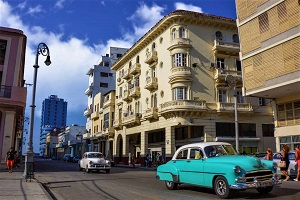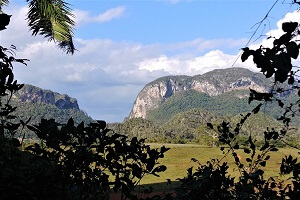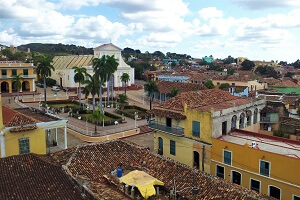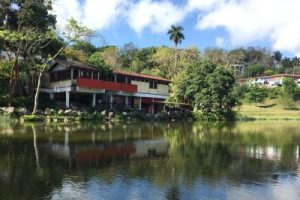Pinar del Rio

Updated: Dec 19, 2022

Updated: Dec 19, 2022
Just over two hours' drive west of Havana you will find the small town of Pinar del Rio. The city is the capital of the province of the same name, which is the westernmost province in the entire country. Pinar del Rio was founded in 1867, which is rather late by Cuban standards. Today, the city is one of the more prosperous municipalities on the island. It is primarily known for the excellent tobacco that is cultivated in the region. Around 80 percent of Cuban tobacco production stems from this region. However, also tourism is one of the main economic factors of the province.
The history of the city of Pinar del Rio is closely linked to the cultivation and processing of tobacco. The tobacco farmers as well as the retailers of the coveted herb contributed significantly to the development of the municipality. Today, the city is considered a Mecca for tobacco lovers, as the world's best cigars are supposedly produced here.
The name Pinar del Rio (Pines by the River), however, is actually not derived from tobacco, but from the pine trees that grow in the region and the river (Rio Guama) that flows through the city. In the pre-revolutionary period, the province had a relatively low level of development, despite its excellent soils for agriculture. However, with the growing importance of the tobacco industry and increasing tourism, the region is now one of the more developed areas of Cuba.
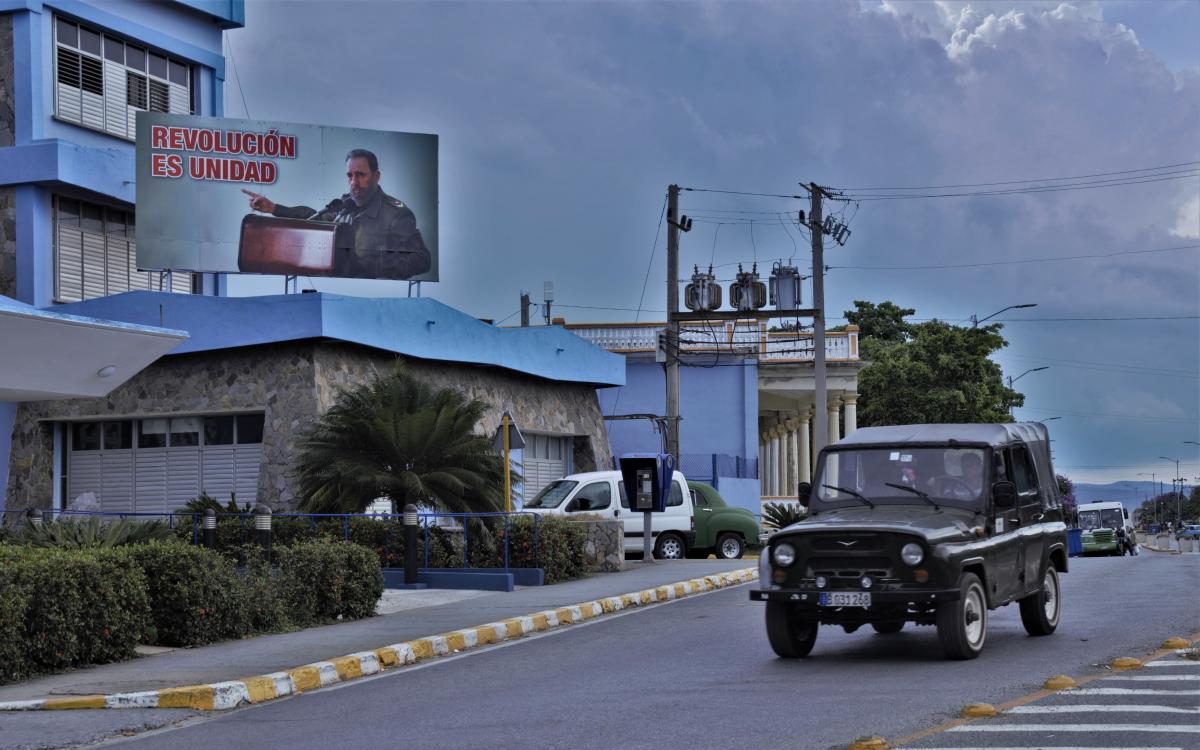
Revolution is unity: street view in Pinar del Rio
Housing about 150,000 people, the city appears mostly unhurried to sleepy. The public life takes place primarily in the compact city center.
­
Sights
Due to the limited size of the city, almost all the sights are within walking distance of the city center, which is located near the Roberto Amaran Park. There are two central commercial streets where most of the stores are located and here is where most of the public life of the takes place. There is also a Havantur office not far from the square at the main street Calle Marti.
[ctu_ultimate_oxi id="175"]
­
Eat & Drink
By Cuban standards, Pinar del Rio has quite a few well-stocked supermarkets in the city center, along Calle Marti. However, due to the size of the city, there is only a limited range of eateries.
[ctu_ultimate_oxi id="176"]
­
Nightlife
[ctu_ultimate_oxi id="249"]
­
Transport
Those who reach the city by bus arrive at the central bus station. The station is located only a few meters away from the city center. Every day there are two Viazul buses connecting with Havana and one to Viñales. At the bus station, there are also shared cabs heading to Havana.
Pinar del Rio can theoretically also be reached by train (read more about trains in Cuba). The small railway station is located just a little south of the center, but still within walking distance.
To and from Viñales there are also shared cabs, but they do not leave from the mentioned bus station. On the route to Viñales, they leave Pinar del Rio a bit outside the center, across from the gas station at the intersection of Carretera de Cuba and 241 (see article on shared cabs). If the car leaves, the journey to Viñales will usually take around a good half hour.
By rental car, Pinar del Rio can be reached via the well-built and hardly used two lane highway (Autopista Nacional). If you are traveling from Havana, you should expect a relaxed drive of roughly three hours. Also, the connecting road to Viñales is in quite good condition
­
Accommodation
Since Pinar der Rio is quite manageable, it is advisable to stay in the small downtown area. You can choose between two hotels and a number of casas. Details about hotels and casa particulares can be found in the article about accommodations in Cuba.
[ctu_ultimate_oxi id="132"]
­
Excursions
There are several destinations in the Pinar del Rio region, of which the most important is clearly the Viñales Valley, located about 30 km to the north. The Valley is also known for a tobacco of exceptionally high quality.
In the province of Pinar del Río lie some of Cuba's most important tobacco producing areas. It is here, where the particularly nutrient-rich soil and the microclimate allow the exclusive herb to flourish. South of the provincial capital, for example, lies the famous Vuelta Abajo growing region.
Leaving Pinar del Rio in a southeasterly direction, you will pass many tobacco fields and farm houses, the so-called fincas. Near the village of San Juan y Martínez, various tobacco plantations can be visited. Here one gets an insight into the tobacco production - from the cultivation process to the drying and the fermentation of the leaves. You can visit the Finca Hector Luis Prieto or the Finca El Pinar, both located a little northeast of the small town.
In the region around Pinar del Rio there are, apart from the Ruta del Tabaco, a number of other sights, the most important of which are briefly presented below.
[ctu_ultimate_oxi id="178"]
